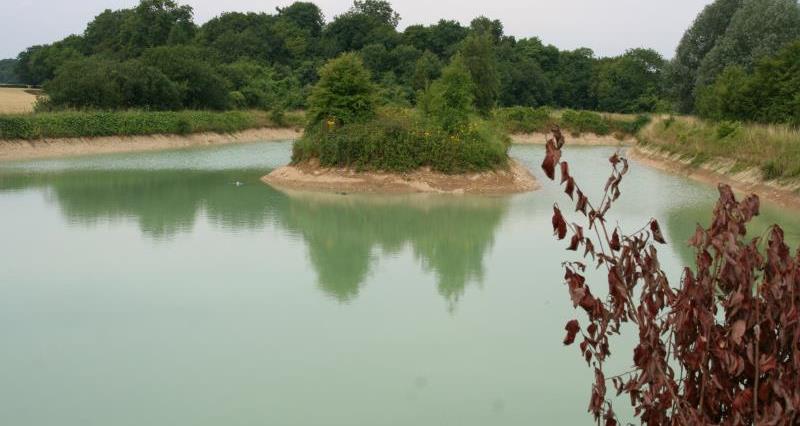In its report, State of the environment: water resources, the agency highlights leakage (more than 3,000 million litres per day), unsustainable abstraction and demand from industry and the public as primary pressures on the nation’s water supply.
Launching the report, Agency chair Emma Howard-Boyd said: “If we do not increase water supply, reduce demand and cut down on wastage, many areas will face significant water deficits by 2050, particularly in the south east.”
The report follows comments by the National Infrastructure Commission that if the water industry does not improve infrastructure and water efficiency we risk a future without enough water for people, business, farmers, wildlife and the environment.
The report acknowledges that the consequences of drought for society, the environment and the economy can be severe.
It says that extreme drought would lead to increased pressure on health services and reductions in power generation and agriculture production. Farmers might lose money through crop damage or animal disease and deaths, as well as having to pay extra for access to water.
Paul Hammett, NFU water specialist, welcomed the report which puts the environment first. He described farming as a minor abstractor of water compared to public supply and energy.
“Agriculture accounts for 1-2% of total abstracted water and even in our major areas of irrigated cropping, farming still only accounts for 20-25% of total use”, Paul said.
“But farmers tend to need water during hot dry summers and that’s why so many farmers have built reservoirs - to take the pressure off the environment, and reduce the risk of on-farm water shortages.”
The NFU is looking forward to being actively engaged in catchment based delivery proposed by Defra’s abstraction plan, which we hope will help water users to find innovative ways to use water wisely.
The EA’s report claims that current levels of abstraction are unsustainable in more than a quarter of groundwater aquifers and one-fifth of rivers, leading to damaged ecology and water quality standard failures. The report also says that abstraction, drainage and altered water levels are ‘major causes of damage to wetlands’.
Key findings
- Impacts of pressures on water resources are evident and will increase with a growing population, changing climate and changes to how we use land
- Abstraction, drainage and altered water levels are major causes of damage to wetlands
- In 2017, abstraction from around 28% of groundwater bodies and up to 18% of surface waters was at higher than sustainable levels
- Winter rainfall has increased since the mid-18th century; summer rainfall has decreased slightly over the same period
- High winter river flows have increased over the past 30 years, with a subsequent increase in the frequency and magnitude of flooding
- There is no clear trend in droughts, but summer river flows and groundwater levels may decrease in the future.
More of our work on water for NFU members:
